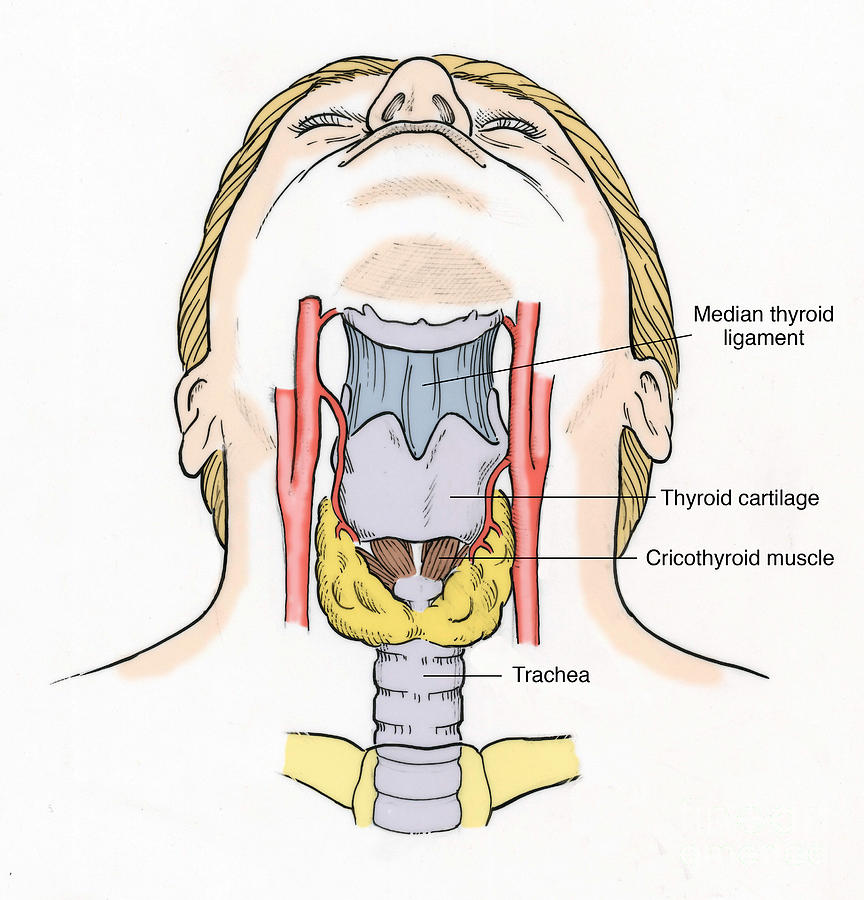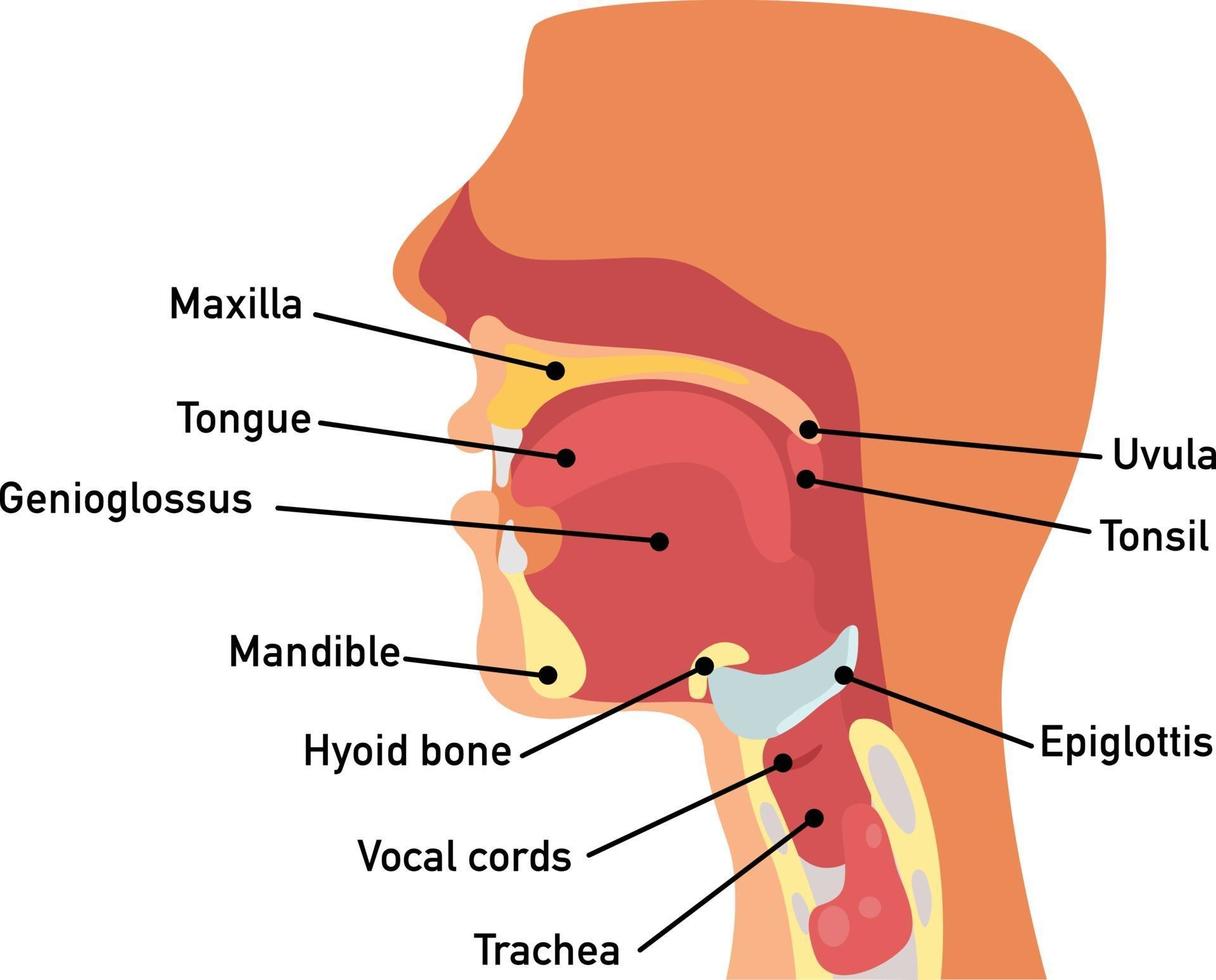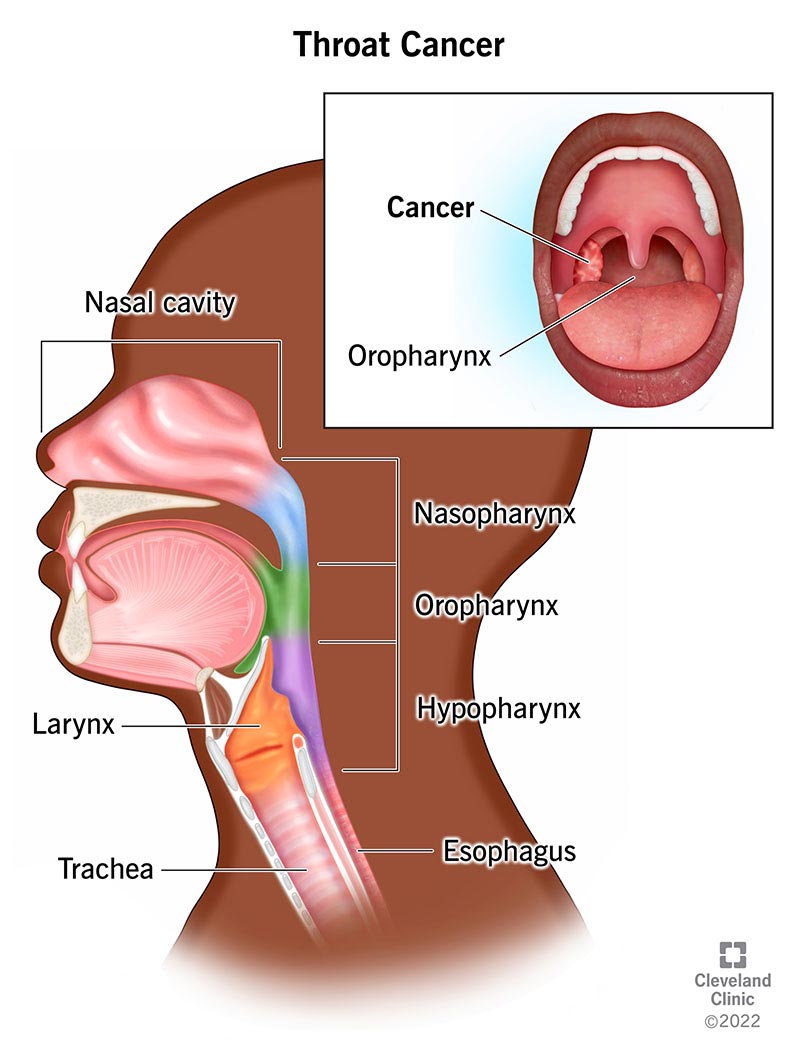Throat Goat Swallow - Inside Your Body's Passageways
When you consider the many amazing things your body does, the way your throat works might not be the first thing that comes to mind, yet it plays a truly central role in some of the most basic actions we perform, like taking a breath and, of course, that crucial act of getting food and drink where it needs to go – a smooth throat swallow, if you will. This vital part of our body, tucked away in the front of the neck, really helps us out in ways we often don't even notice, making sure everything runs just right.
This area, positioned internally just in front of the spine, is a rather busy hub. It houses some really important structures, like your pharynx and your larynx, which are both key players in how you take in air and how you move your food around. So, in some respects, it’s a bit like a central station for a couple of very important bodily systems, managing both air and what you eat or drink, all in one spot.
A significant piece of this whole setup is something called the epiglottis, a small but mighty part that has a very particular job. You know, it’s often the unsung hero that helps make sure things go down the right way, literally. This complex yet very efficient system helps us with everything from speaking to simply enjoying a meal, and it’s actually quite remarkable how it all fits together, helping us with a simple throat swallow and so much more.
- Renee Estevez
- Alex Zedra Onlyfans Nude
- Chatgpt Plus Availability Iran Openai
- Sitevmtiktokcom Sitetco Sitexcom Siteredditcom Prtg %EB%94%94%EC%A0%80%ED%8A%B8
- Tatum Oneal Partner
Table of Contents
- What Exactly Is The Throat?
- How Does Your Throat Manage a Swallow?
- What About the Epiglottis and a Throat Swallow?
- Why Do We Sometimes Have Throat Trouble?
What Exactly Is The Throat?
When we talk about the throat, we are really talking about the front section of your neck, positioned, you know, internally, right there in front of the bony parts of your spine. This area is more than just a simple tube; it’s a rather complex arrangement of parts that work together to help you live your daily life. It’s got a lot going on, actually, containing structures that are absolutely essential for breathing and for eating. This space is pretty important, and it’s where a lot of action happens, even if we don't always think about it.
Within this part of your body, you will find some very key components. It includes the pharynx, which is like a passageway, and the larynx, which is often called your voice box. These two, working together, are just a little bit incredible in what they do. There’s also the esophagus, which is the tube that carries your food down, and the trachea, which is the tube for air. Then, you have your tonsils, which are part of your immune system, and that very important epiglottis we mentioned earlier. All these pieces are, you know, nestled together in a rather efficient way.
The Anatomy of a Throat
The throat, when you really look at it, is made up of pathways for both the air you breathe and the food you eat. These passageways are located right behind your nasal cavity and your mouth, extending down into your neck. So, it’s a bit of a crossroads, you could say. From the very top to the bottom, it's a carefully organized system. This design allows it to handle two very different, but equally important, jobs without getting them mixed up, which is pretty clever, you know, for a throat.
- Caryn Beaumont Porn
- George Reeves Christopher Reeves Related
- Was George Reeves And Christopher Reeves Related
- Public Figure Latest
- Hilary Farr Husband
It’s lined with a mucous membrane, just like your nose and mouth. This lining is important for keeping things moist and helping to protect the inside of your throat. This soft, inner covering helps everything slide along smoothly, whether it’s air moving in or food going down. It’s a very simple but rather effective feature that helps the throat do its job day in and day out, making sure that, say, a throat goat swallow is as comfortable as it can be.
How Does Your Throat Manage a Swallow?
Your pharynx, which is what we commonly call your throat, is a muscular funnel that truly multi-tasks. It’s got a couple of big responsibilities. For one, it helps you breathe by acting as a pathway for air to get to your lungs. And for another, it very carefully directs the food and liquid you consume toward your digestive system, making sure it goes to the right place. It’s pretty amazing how it can handle both air and food without getting them mixed up, which, you know, is rather essential for our survival.
This muscular passageway is specifically designed to carry food down to your esophagus and air down to your lungs. Think of it as a very skilled traffic controller. When you take a bite of food, or, you know, a sip of water, your throat springs into action, ensuring that it moves precisely where it needs to go. It’s a very coordinated effort involving several muscles, all working together to make that movement happen smoothly and without a hitch, time after time.
The Pharynx - A Multitasking Funnel for Your Throat Goat
To keep your pharynx, your throat, in good shape, there are some simple things you can do. For instance, quitting smoking is a very important step. Things like that really help maintain the health of this vital area. A healthy pharynx means it can continue to perform its dual roles of assisting with breathing and guiding your food effectively, which, you know, is something we often take for granted. It’s really about looking after this hardworking part of your body.
The pharynx is, in a way, the central hub where both air and food momentarily meet before heading off to their separate destinations. It's the upper part of this muscular tube that connects your mouth and nasal cavity to your esophagus and larynx. So, it’s basically the connector piece. This arrangement is quite clever, allowing for the passage of both, but with mechanisms in place to prevent them from entering the wrong path, ensuring a very safe and efficient throat goat operation, if you will, every time you swallow.
What About the Epiglottis and a Throat Swallow?
An important section of your throat, truly a key player, is the epiglottis. This small, leaf-shaped piece of cartilage sits right at the base of your tongue, acting as a kind of lid or a trapdoor. Its main job is to protect your windpipe, or trachea, from food and liquid when you swallow. So, when you take a bite, this little part springs into action, making sure everything goes down the food pipe and not into your lungs, which would be, you know, quite a problem.
It’s pretty remarkable how quickly and efficiently it works. As you swallow, the epiglottis automatically folds down, covering the opening of your larynx, which leads to your trachea. This very precise movement ensures that the food or drink is directed solely into your esophagus. Without this clever little piece, choking would be a much more common occurrence, so it’s a rather vital part of the whole throat swallow process, protecting your airway every time.
That Little Flap Helping Your Throat
This tiny flap is, in some respects, a guardian for your breathing system. It allows you to breathe freely when you're not eating or drinking, keeping the airway open. But the moment you initiate that swallowing action, it quickly and automatically changes its position to divert everything away from your lungs. It’s a very quick reflex, one that we don’t even have to think about, which is, you know, pretty convenient. This mechanism is a perfect example of the body's incredible design, making sure your throat is always on duty.
So, the epiglottis, while small, plays a rather big part in the smooth operation of your throat. It’s essential for preventing food from going down the wrong pipe, which could lead to coughing, gagging, or even more serious issues. It truly helps facilitate speech and respiration by keeping the airway clear when needed, and then acting as a barrier during the throat goat swallow. It’s a quiet worker, but one that is absolutely necessary for our everyday functions.
Why Do We Sometimes Have Throat Trouble?
You’ve probably, like, had a sore throat at some point. It’s a very common experience, and it can certainly make swallowing and even talking a bit uncomfortable. Often, the cause of this discomfort is usually a viral infection, something like the common cold. These viruses can irritate the lining of your throat, leading to that scratchy, painful feeling. It’s just one of those things that can happen, making your throat feel, you know, not quite right.
But, as a matter of fact, there are other things that can cause throat pain besides viruses. For example, allergies can certainly make your throat feel sore and scratchy. When you're exposed to allergens, your body's reaction can sometimes include inflammation in the throat area. Also, an infection with strep bacteria is another common culprit, and that usually requires a visit to the doctor. So, while viruses are frequent, there are other reasons why your throat might be hurting, affecting your ability to perform a comfortable throat swallow.
Common Reasons for a Sore Throat
Throat pain, as we’ve seen, can be caused by a cold virus, or it could be due to allergies, or even many other conditions. It’s located right behind your nose and mouth, and it connects the mouth (the oral cavity) to other important parts. Because of its central location and its role as a passageway, it’s quite susceptible to various irritants and infections. So, when it hurts, it’s often a sign that something is, you know, not quite right in that area.
When you have throat pain, it can be helpful to try and uncover the root cause. Knowing what’s causing the discomfort can then help you learn how to treat it effectively. Sometimes it’s something simple that will pass on its own, like a mild viral infection. Other times, it might need a little more attention. Here are details and images of different parts of the throat and neck, which can help you understand this vital area a little better and why it might sometimes feel, you know, a bit off, impacting even a simple throat goat swallow.
The throat is an essential part of our respiratory and digestive systems. It connects the mouth, nose, esophagus, and larynx to facilitate speech and respiration, all while preventing food from entering the wrong pathway. It’s a truly busy and important part of our body, working tirelessly every moment of every day to keep us breathing, speaking, and, of course, eating comfortably. It's a pretty complex setup that just works, mostly.
- Public Figure Latest
- Creator Dashboard Roblox
- Teach Me First Episode
- Dion Phaneuf Wife
- Alex Zedra Nudes

Illustration Of Throat Anatomy Photograph by Science Source

Deep Throat Drawing

Throat Cancer: Symptoms, Signs, Causes & Prognosis